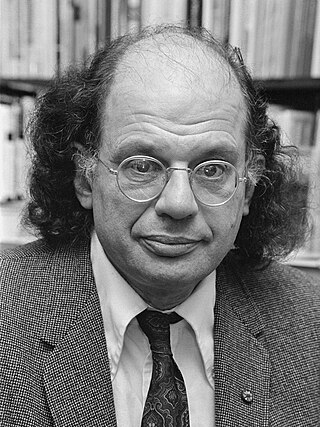
Irwin Allen Ginsberg was an American poet and writer. As a student at Columbia University in the 1940s, he began friendships with Lucien Carr, William S. Burroughs and Jack Kerouac, forming the core of the Beat Generation. He vigorously opposed militarism, economic materialism, and sexual repression, and he embodied various aspects of this counterculture with his views on drugs, sex, multiculturalism, hostility to bureaucracy, and openness to Eastern religions.

Jean-Louis Lebris de Kérouac, known as Jack Kerouac, was an American novelist and poet who, alongside William S. Burroughs and Allen Ginsberg, was a pioneer of the Beat Generation.
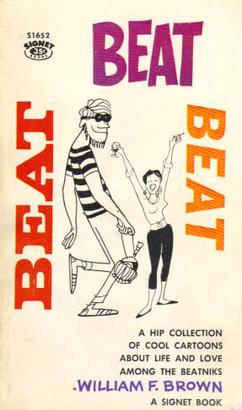
Beatniks were members of a social movement in the mid-20th century, who subscribed to an anti-materialistic lifestyle. They rejected the conformity and consumerism of mainstream American culture and expressed themselves through various forms of art, such as literature, poetry, music, and painting. They also experimented with spirituality, drugs, sexuality, and travel. The term "beatnik" was coined by San Francisco Chronicle columnist Herb Caen in 1958, as a derogatory label for the followers of the Beat Generation, a group of influential writers and artists who emerged during the era of the Silent Generation's maturing, from as early as 1946, to as late as 1963, but the subculture was at its most prevalent in the 1950s. This lifestyle of anti-consumerism may have been influenced by their generation living in extreme poverty in the Great Depression during their formative years, seeing slightly older people serve in WWII and being influenced by the rise of left-wing politics and the spread of Communism. The name was inspired by the Russian suffix "-nik", which was used to denote members of various political or social groups. The term "beat" originally was used by Jack Kerouac in 1948 to describe his social circle of friends and fellow writers, such as Allen Ginsberg, William S. Burroughs, and Neal Cassady. Kerouac said that "beat" had multiple meanings, such as "beaten down", "beatific", "beat up", and "beat out". He also associated it with the musical term "beat", which referred to the rhythmic patterns of jazz, a genre that influenced many beatniks.

The Beat Generation was a literary subculture movement started by a group of authors whose work explored and influenced American culture and politics in the post-World War II era. The bulk of their work was published and popularized by Silent Generationers in the 1950s, better known as Beatniks. The central elements of Beat culture are the rejection of standard narrative values, making a spiritual quest, the exploration of American and Eastern religions, the rejection of economic materialism, explicit portrayals of the human condition, experimentation with psychedelic drugs, and sexual liberation and exploration.
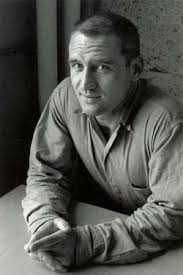
Neal Leon Cassady was a major figure of the Beat Generation of the 1950s and the psychedelic and counterculture movements of the 1960s.

Paul Frederic Bowles was an American expatriate composer, author, and translator. He became associated with the Moroccan city of Tangier, where he settled in 1947 and lived for 52 years to the end of his life.
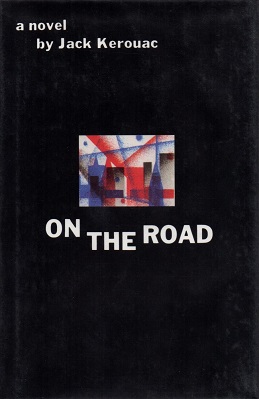
On the Road is a 1957 novel by American writer Jack Kerouac, based on the travels of Kerouac and his friends across the United States. It is considered a defining work of the postwar Beat and Counterculture generations, with its protagonists living life against a backdrop of jazz, poetry, and drug use. The novel is a roman à clef, with many key figures of the Beat movement, such as William S. Burroughs, Allen Ginsberg, and Neal Cassady represented by characters in the book, including Kerouac, himself, as the narrator, Sal Paradise.

Janet Michelle "Jan" Kerouac was an American writer and the only child of beat generation author Jack Kerouac and Joan Haverty Kerouac.

Lucien Carr was a key member of the original New York City circle of the Beat Generation in the 1940s and also a convicted manslaughterer. He later worked for many years as an editor for United Press International.

Joyce Johnson is an American author of fiction and nonfiction. She was born Joyce Glassman in 1935 to a Jewish family in New York City and raised in the Morningside Heights neighborhood of Manhattan, a few blocks from the apartment of Joan Vollmer Adams where William Burroughs, Allen Ginsberg and Jack Kerouac lived from 1944 to 1946. She was a child actress and appeared in the Broadway production of I Remember Mama, which she writes about in her 2004 memoir Missing Men.

And the Hippos Were Boiled in Their Tanks is a novel by Jack Kerouac and William S. Burroughs. It was written in 1945, a full decade before the two authors became famous as leading figures of the Beat Generation, and remained unpublished in complete form until 2008.
Carolyn Elizabeth Robinson Cassady was an American writer and associated with the Beat Generation through her marriage to Neal Cassady and her friendships with Jack Kerouac, Allen Ginsberg, and other prominent Beat figures. She became a frequent character in the works of Jack Kerouac.
Ann Charters is Professor Emerita of American Literature at the University of Connecticut at Storrs. She is a Jack Kerouac and Beat Generation scholar.
Chicago Review is a student-run literary magazine founded in 1946 and published quarterly in the Humanities Division at the University of Chicago. The magazine features contemporary poetry, fiction, and criticism, often publishing works in translation and special features in double issues.
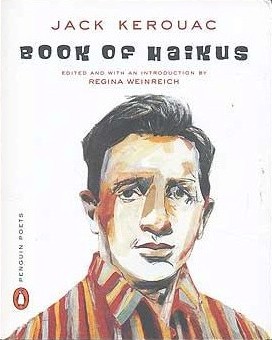
Book of Haikus is a collection of haiku poetry by Jack Kerouac. It was first published in 2003 and edited by Regina Weinreich. It consists of some 500 poems selected from a corpus of nearly 1,000 haiku jotted down by Kerouac in small notebooks.
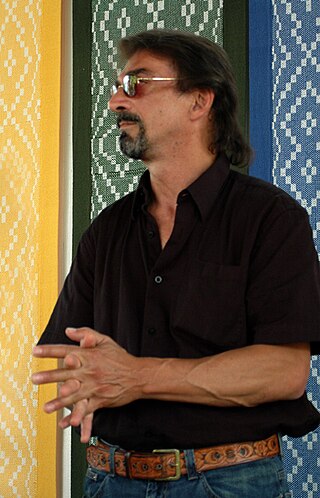
Alan Pizzarelli is an American poet, songwriter, and musician. He was born of an Italian-American family in Newark, New Jersey, and raised in the first ward’s Little Italy. He is a major figure in English-language haiku and Senryū.
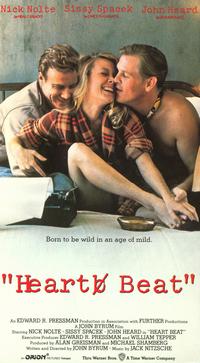
Heart Beat is a 1980 American romantic drama film written and directed by John Byrum, based on the autobiography by Carolyn Cassady. The film is about seminal figures in the Beat Generation. The character of Ira, played by Ray Sharkey, is based on Allen Ginsberg. The film stars Nick Nolte, Sissy Spacek, and John Heard.

Catherine Hiller is an American author and filmmaker, best known for writing Just Say Yes: A Marijuana Memoir. The first memoir about long-term cannabis use designed for a mainstream audience, Just Say Yes attracted national attention, being featured in The New York Times, Huffington Post, and Marie Claire magazine among other media outlets. In 2015, Hiller publicly "came out" as a cannabis user, saying that she has smoked marijuana almost every day for fifty years.

The Beat Museum is located in San Francisco, California and is dedicated to preserving the memory and works of the Beat Generation.
Ronna C. Johnson is a Professor of English at Tufts University in Medford, Massachusetts. Johnson is an established authority on the Beat Generation. She has worked as a fiction editor for ASPECT magazine, Zephyr Press, and Dark Horse magazine. She is also the co-editor of the Journal of Beat Studies published by Pace University Press, a founding board member of the Beat Studies Association, and the co-editor of the Beat Studies book series published by Clemson University Press/Liverpool University Press.
















